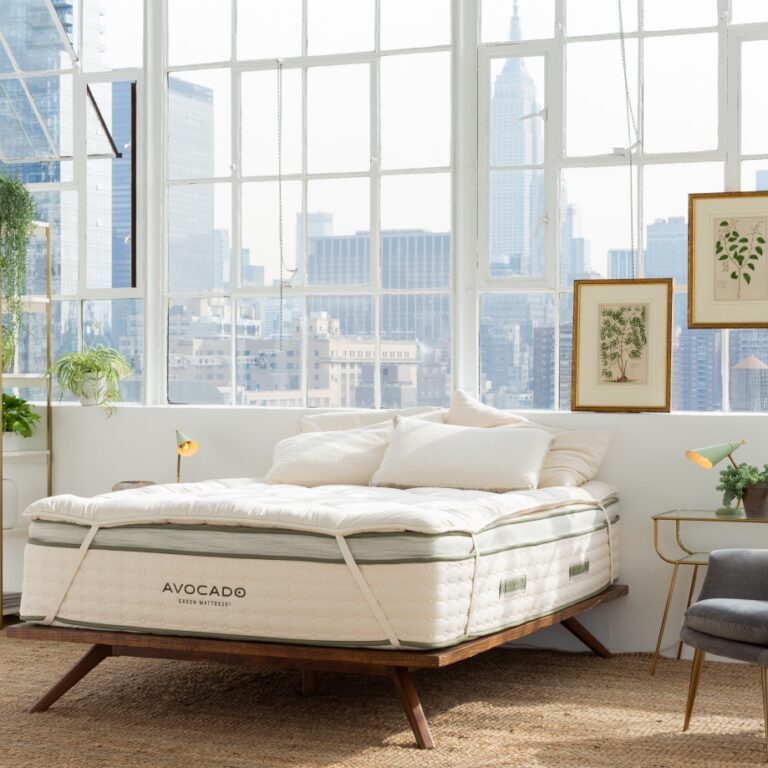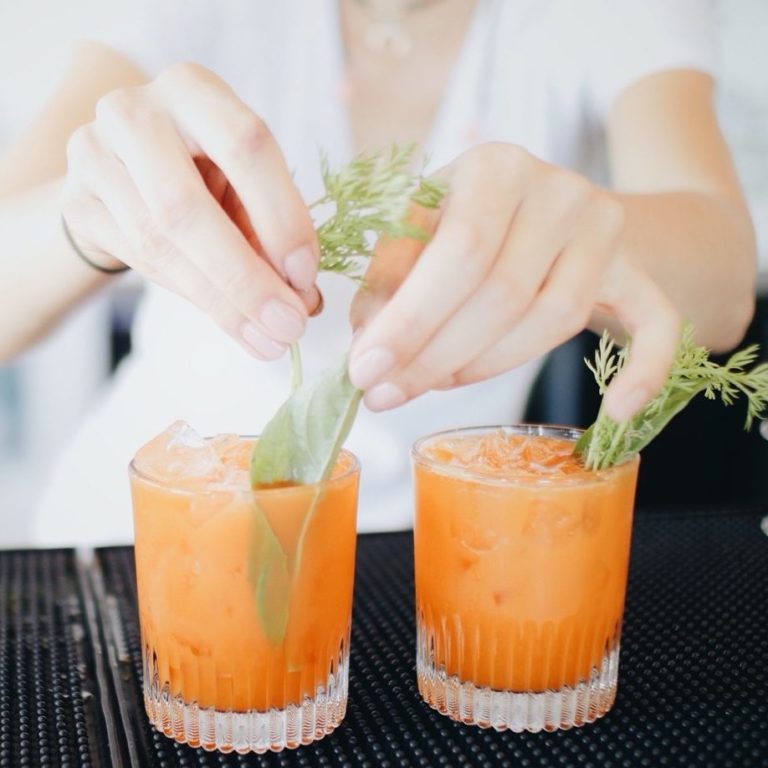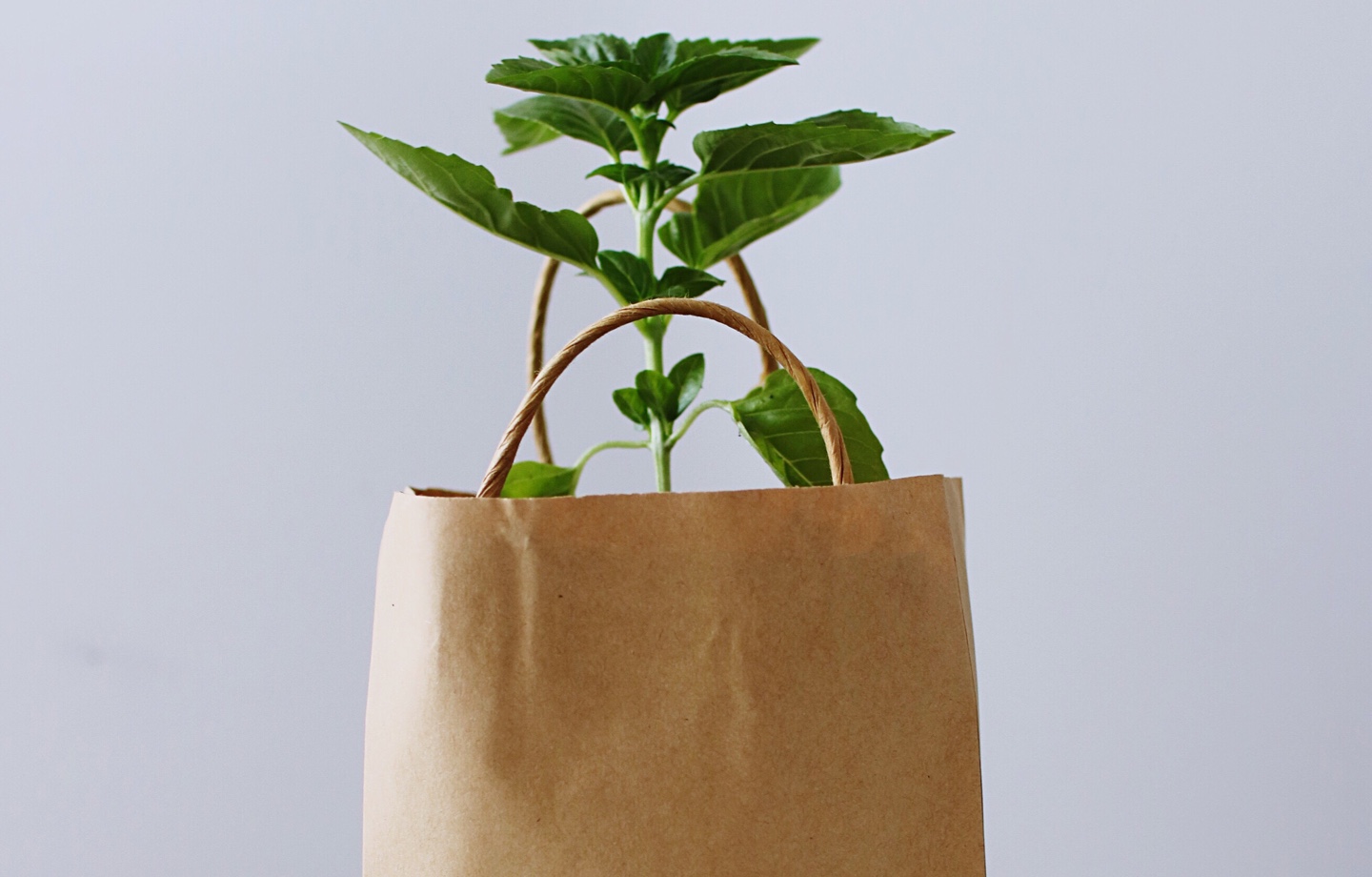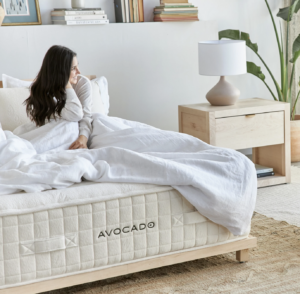The U.S. produces nearly 300 million tons of plastic annually — with 50 percent of that meant for single use only. One time. Use it and toss it. A straw. A soda bottle. The container that holds your better-for-the-planet
Depending on where you live and the rules around recycling, you could be very wrong. Those single-use containers may end up in a landfill, or worse, our oceans, if not disposed of properly.
How do you recycle? Do you have separate, tidy bins for paper and plastic? Do you throw everything into a bag and hope for the best? Are you recycling at all? While we should all be doing our best to eliminate
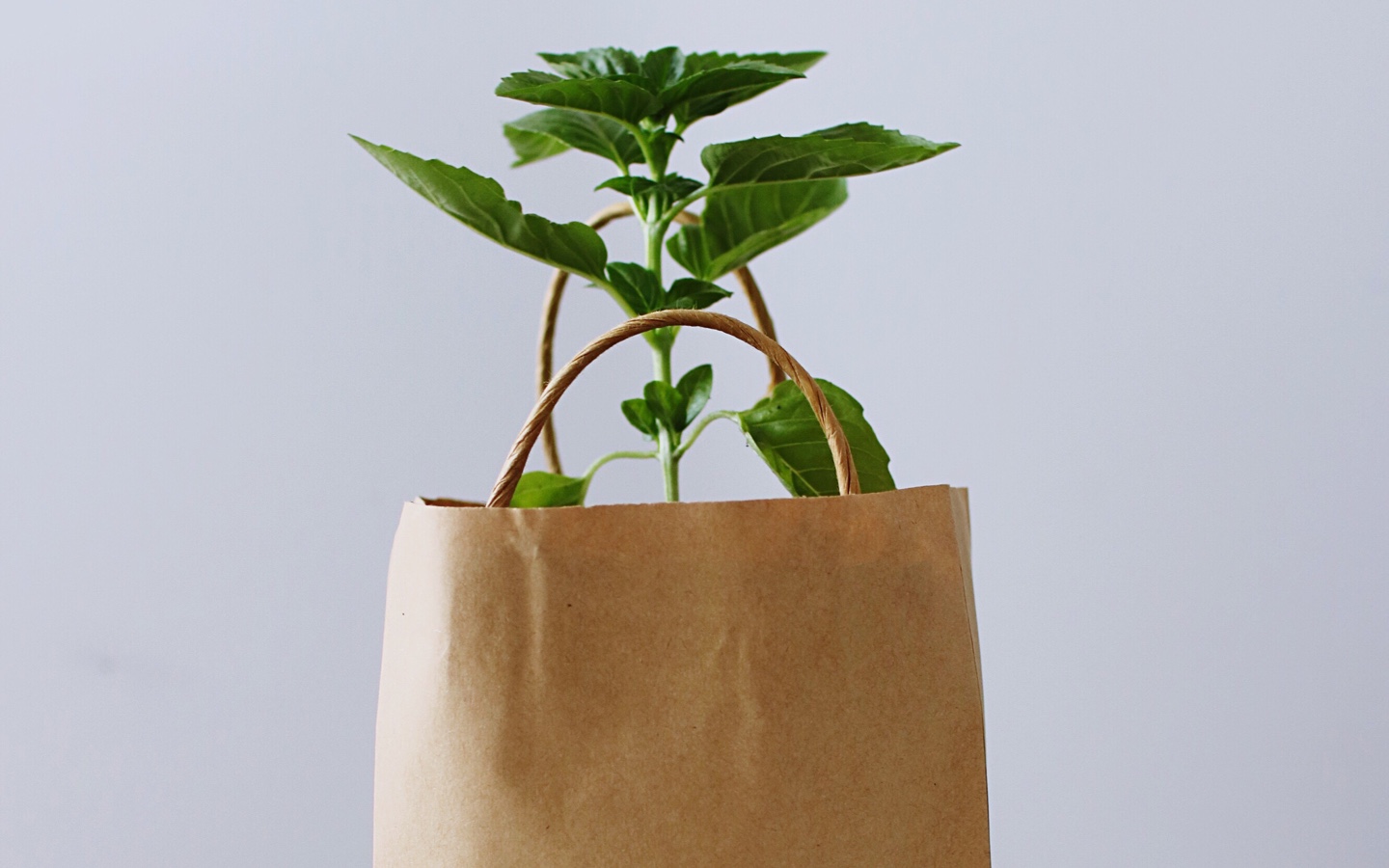
Not only that, but recycling creates jobs! When you recycle properly, you’re ensuring materials receive a new life and that people in your community are able to earn a living. A yogurt cup, the occasional to-go coffee cup lid, that unwanted junk mail that continues to show up in your mailbox every week (pro tip: use this handy guide to
The bad news? Depending on where you live, there’s no guarantee all those containers, papers, and cardboard boxes will actually be recycled. Why? Contaminated recycling streams. When an item is added to the recycling stream that isn’t meant to be there — a plastic bag, a dirty pizza box, a stray battery — it can contaminate the entire stream, meaning none of the items in that batch get recycled, redirecting everything to a landfill. Or the ocean. Not great news, is it? However, by recycling properly, you can at least increase the likelihood that those items are properly processed and receive a new life as something else.
So, how do you properly recycle plastic, paper, food containers, and soft plastics? Before we jump into the specifics, first, a few dos and don’ts:
Don’t:
- Don’t place your recyclables in plastic bags. There’s no need to bag your recyclables and in fact, that trash bag may make it so your recyclables are destined for just that, the trash.
- Don’t stuff different kinds of recycling, such as paper with plastic, into another recyclable container (ex. Pushing paper and plastic into a large coffee can).
- Don’t try to recycle banned materials, like dirty pizza boxes, by stuffing them into the recycling bin anyway. These soiled materials can contaminate the entire stream.
- Don’t place soft plastics, like plastic shopping bags and bubble wrap, in your recycling bin. If it doesn’t pass the “poke test” (if you can poke your finger through it), it needs to be recycled separately.
- Don’t add electronics, batteries, and other household waste to your bin. These items can be recycled, but must be recycled in a separate facility.
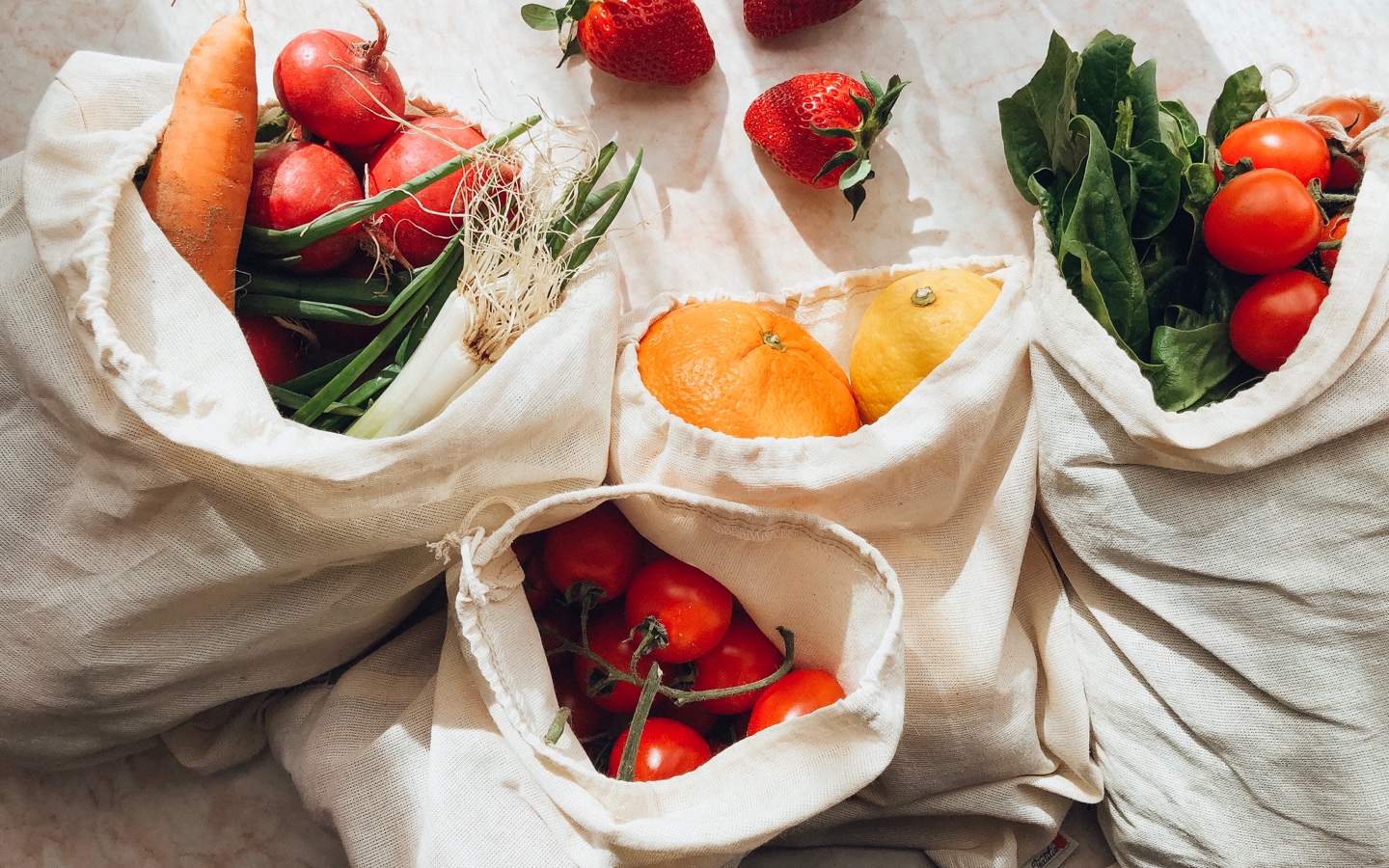
Do:
- Rinse your recyclables before adding to the bin. A general rule of thumb: no more than 1 teaspoon of liquid should be in the container.
- Separate your bottle returns. If you live in a state that accepts returns on certain plastic and metal bottles, separate them out and bring them to a redemption center, or leave them at the top of your recycling bin for people in your community who collect them.
- Separate combined materials, such as cardboard and plastic packaging (imagine a battery package or toy package, so they can be recycled separately.
- Check your specific city and state’s recycling guidelines to ensure you’re following the rules.
Now that you’re brushed up on your recycling do’s and don’ts, here are a few tips for recycling common materials:
Soft plastics
Paper & Cardboard
Break down cardboard boxes so they don’t take up too much room in your recycling bin (most cities require this step anyway), and remove any staples or tape from cardboard and paper recycling.
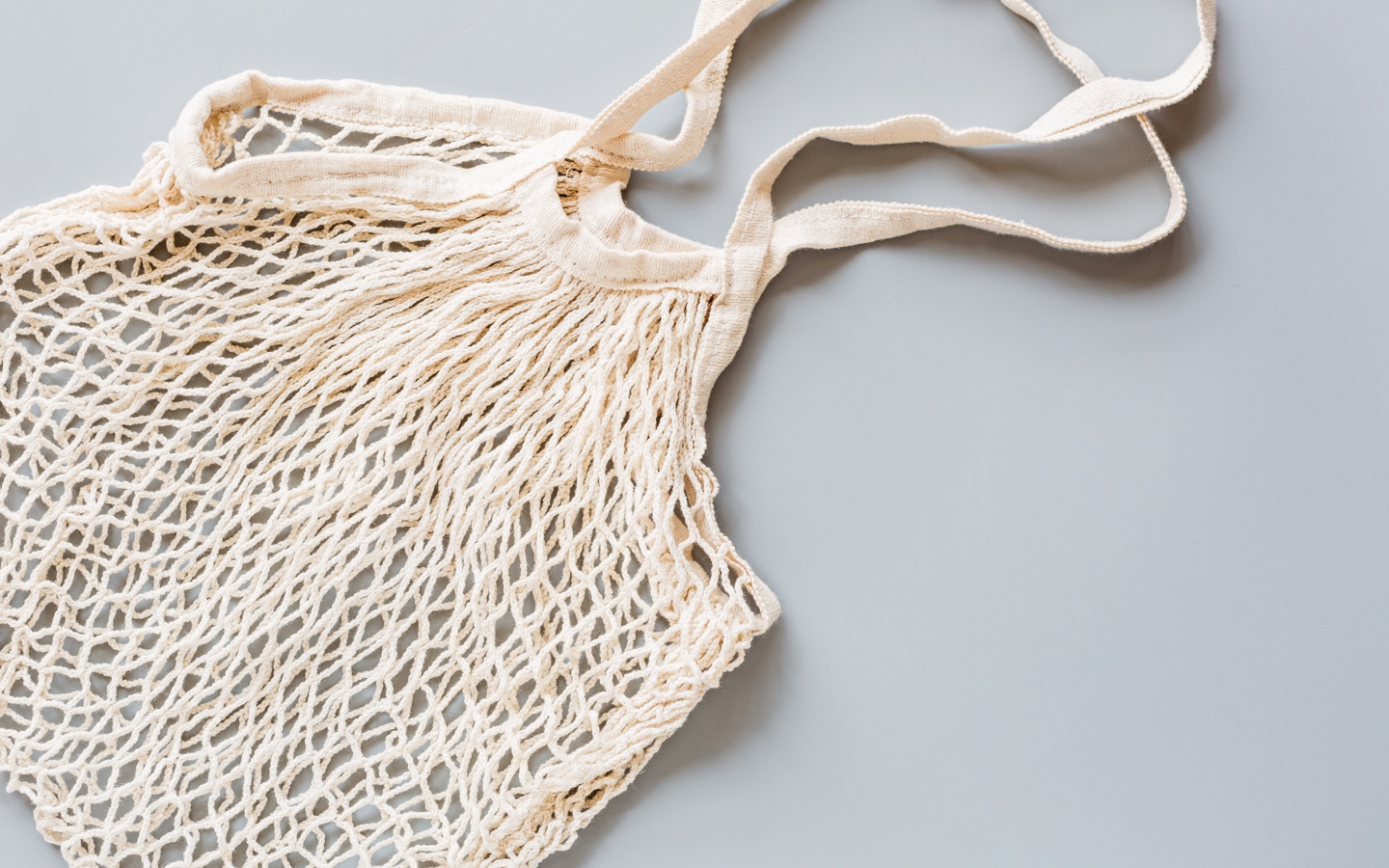
Glass & Metal Food Containers
Always rinse glass jars and aluminum cans thoroughly, especially food containers. Depending on your local program, glass and aluminum jars can likely be recycled in the same bin, just be sure to separate the lids if they’re not made from the same materials.
Plastics
Always ensure plastics are rinsed thoroughly and dried when possible to avoid food contamination (pro tip: if your recycling bin stinks, it’s contaminated and needs to be rinsed). Pay attention to the amount of glass and plastic you’re recycling. If you notice you’re accumulating a lot, look for ways to cut back on those single-use items (like buying fresh when possible, making your own nut milks, or cutting back on sugary drinks).
Household & Automotive Waste
Household waste, like electronics, cords, and batteries, can likely be recycled, but not with the rest of your traditional recycling. Check your local recycling center for drop-off days or special collection centers for these items. Most automotive stores will accept dead car batteries for recycling when you purchase a new one, and many office supply stores will accept spent ink cartridges from printers (and sometimes even old printers themselves).
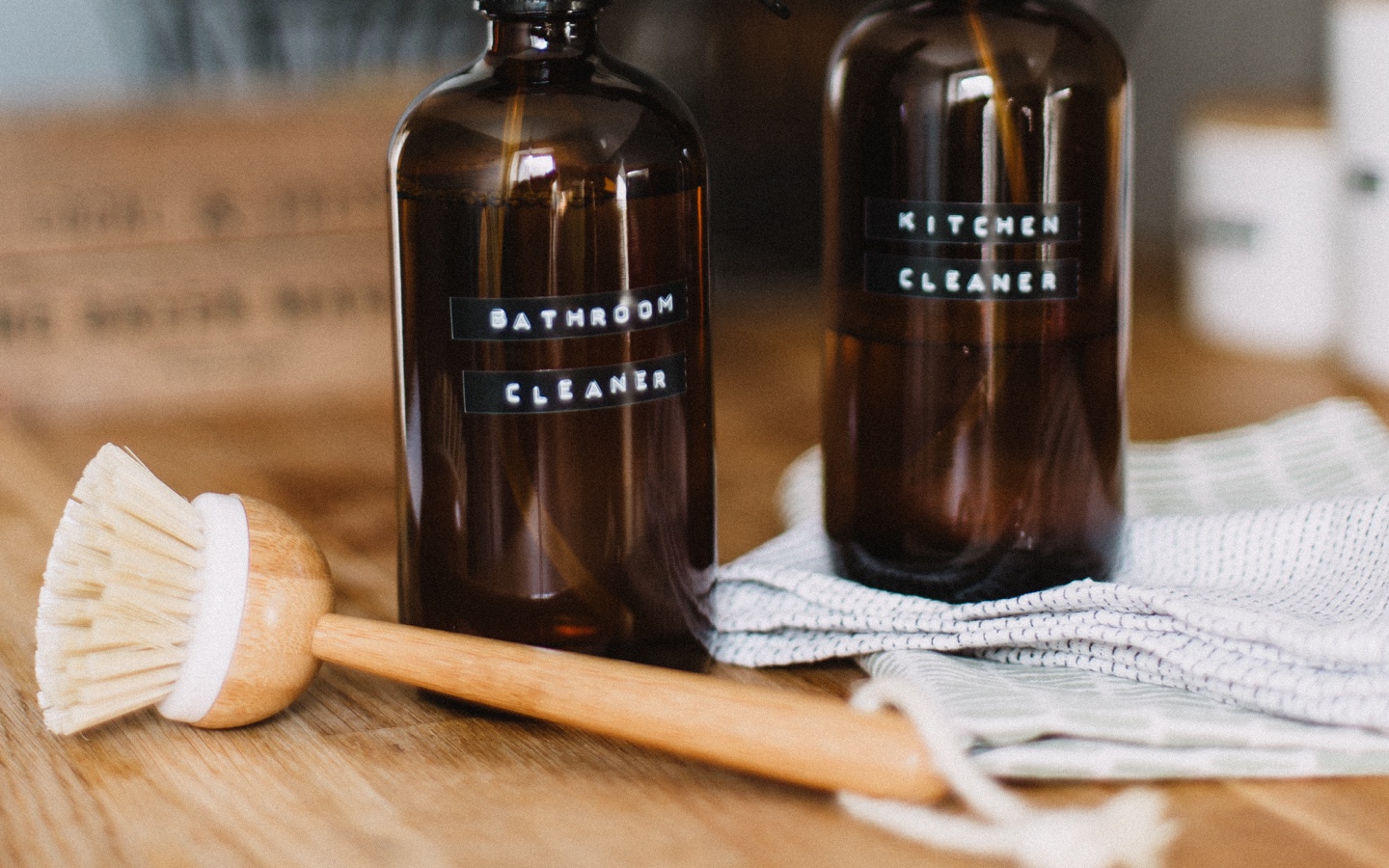
If you still have questions about what your recycling bin should look like, your local city hall or town office can likely point you in the right direction to find what’s allowed and what’s not — remember, every town and city is different. With a few tweaks, your recycling skills can be perfected, but it’s important to consider that that still doesn’t guarantee everything will find new life. You can’t control the actions of those around you, so your first step is to reduce the amount of recyclable materials you’re using, and reuse what you can. Cut back on online shopping to reduce the amount of cardboard coming into your home, collect shipping materials to reuse when you sell something online or package up a gift, reduce the amount of single-use plastics, glass, and metals you’re using, and try to repair items before throwing them away. With the right approach, we can make 2020 a turning point in the single-use stream.
How are you changing your habits when it comes to single-use items? Share your tips with us on social at @AvocadoMattress & #AvocadoGreenMagazine!
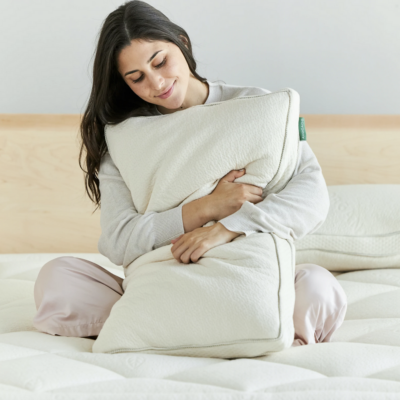
Shop Pillows
The Essential Organic Pillow Collection
Gentle, breathable, non-toxic support.


